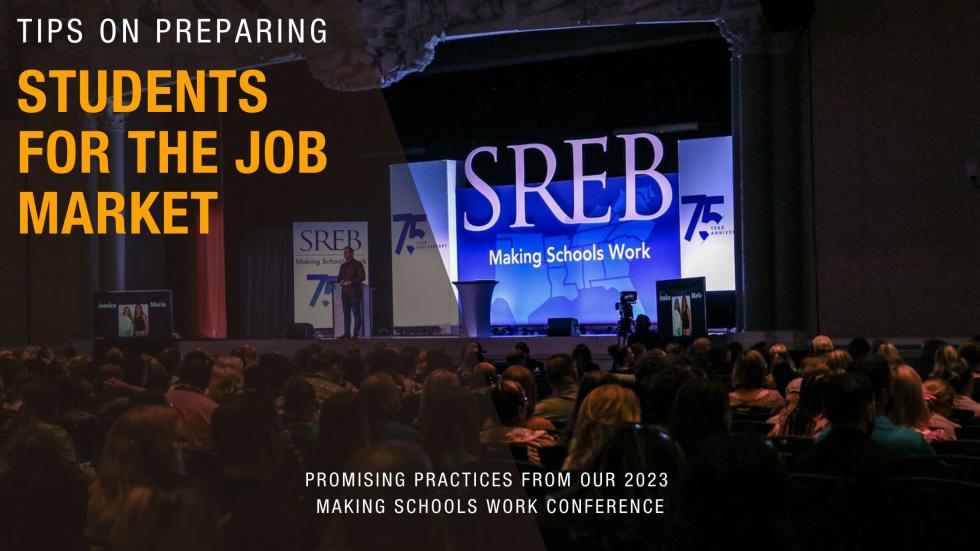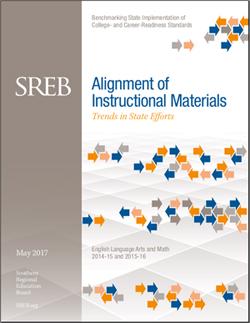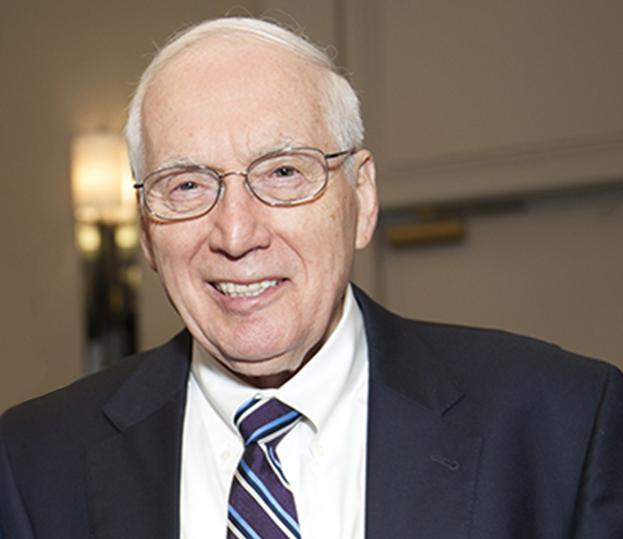Blog: College and Career Readiness
Combining Education With Job Skills: Tips From the 2023 Making Schools Work Opening Address
In his opening address at the 2023 Making Schools Work Conference, Adam Welcome talks about how the changing economy means we need some changes to the way we teach.
Job experience and skills are more important than ever, and what those job skills will be are changing too. In this post, we give you insights into his opening address.
Virtual Labs for STEM and CTE Teachers and Students
We know that this is a challenging time for teachers across the country. Many of you have been plunged into the world of virtual learning without a lot of time to prepare. Following sudden school closures due to the COVID-19 pandemic, you’ve had to move quickly to shift your carefully planned lessons online so your students can continue learning at home. And those of you who are STEM and career and technical education teachers in particular face unique challenges as you work to adapt hands-on learning experiences to a virtual format.
A Path to College and Career
Stepping Stones for States
A thriving economy and a workforce prepared for it will increasingly demand that more adults earn postsecondary credentials. Ensuring that students successfully move from middle grades into high school, then into college or technical education programs, is critical if states hope to boost their adult educational attainment levels.
How to Close the Readiness Gap Now for Our High School Seniors
Readiness Courses can keep students who are almost ready for college out of remedial classes
Get students the preparation they need during the high school years — not in college, when they have to pay for it.
 Too many students graduate from high
school thinking they’re ready for college, only to find
themselves stuck in remedial classwork once they get
there. This is a tragedy for the students. They believe —
and why not? — that if they’re admitted to college they have what
it takes to succeed there.
Too many students graduate from high
school thinking they’re ready for college, only to find
themselves stuck in remedial classwork once they get
there. This is a tragedy for the students. They believe —
and why not? — that if they’re admitted to college they have what
it takes to succeed there.
Black and Hispanic Students Make ACT Gains in Many SREB States
Black and Hispanic students in many SREB states made gains in ACT scores in the 2017 results. And test-taking rates continued to grow in several states.
Here at SREB, we anticipate the release of ACT scores each fall as an indicator of the progress states are making in student achievement and college readiness. This year, we see achievement gaps shrinking for black and Hispanic students — plus continued growth in test-taking in several states.
West Virginia: Leading-Edge Career-Tech Showcased in The New York Times
State's partnerships with SREB go far beyond adoption of Advanced Career Energy and Power pathway.
A recent article in The New York Times describes how West Virginia’s career and technical education programs are preparing students for degrees and careers in the state’s high-tech, high-demand industries. “Far from being strictly a job training program for teenagers, classes like Advanced Career Energy and Power require math and physics instruction as rigorous as in the College Board’s Advanced Placement track.”
Here are six ways the state partners with SREB in CTE and readiness.
Heavy Lift
Aligning Classroom Materials to State Standards
SREB report can serve as a guide as work continues
Big changes don’t happen overnight. And when states adopted higher education standards, it was only the first step in a long-term effort to improve schools so all students graduate high school with what they need to be ready for college and careers.
Next came the complex work of implementing the standards. Schools needed textbooks, curricula and lesson plans designed with the new standards in mind. Teachers needed training to shift their classroom strategies to help students meet the readiness standards.
SREB States Lead the Way on Computer Science Education
Inside InfoSys Foundation's National Computer Science Education Convening
National convening attendees share best practices for increasing access to quality CS learning experiences
Last month I was privileged to participate in InfoSys Foundation’s CrossRoads 2017 convening on computer science and maker education in San Francisco. The convening’s attendee list included state and local government representatives, thought leaders, K-12 educators, postsecondary faculty and not-for-profit computing organizations from across the US — including many SREB states.
Accelerating Postsecondary Attainment – in High School
Gene Bottoms explains why and how the new High Schools That Work model gives seniors a head start on a credential or degree.
Since the 1970s, the educational and economic landscapes of the United States have undergone seismic shifts along the fault line of postsecondary attainment.
Preparing Students for Tomorrow’s Challenges
Preparing students for good-paying, middle-class jobs in the 21st-century economy is going to take more innovation, creativity, steadfastness and hard work on the part of schools, principals, teachers, counselors and students. A new approach to education is needed to prepare students for new technology, rising workplace requirements and stiffer competition.
Readiness Courses Are Making a Difference
Students Increase ACT Scores Significantly
High school seniors who take SREB’s Literacy Ready and Math Ready courses can substantially increase their readiness for college. We analyzed ACT scores of students in two states – before and after they took the transitional courses. More than half increased their scores
In Alabama, High School to College Collaboration on Readiness
Community Colleges Partner with K-12 Schools to Get Ready
Kudos to the Alabama Department of Education and the Alabama Community College System for working together to increase student readiness among the state’s high school graduates.
Alabama is piloting the two SREB Readiness Courses to increase high school seniors’ preparedness for postsecondary studies, and the Alabama Community College System has endorsed the K-12 efforts.
Broader ACT participation shows readiness gap more clearly
As more and more students take the ACT, we can see more clearly the gap between rising high school graduation rates and lagging college readiness.










